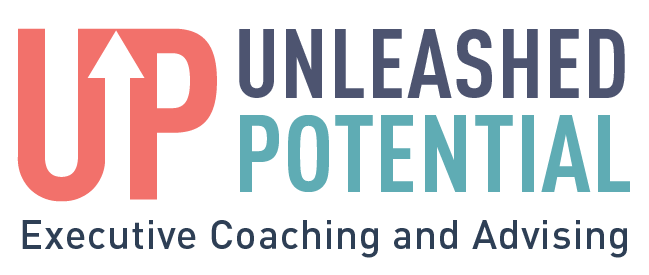I Can’t Even…
Anyone else out there ever said, “I just can’t attend one more meeting today?” Are you suffering from meeting overload? So many of my coaching clients are overwhelmed by meetings driving them to the point of burnout. When Kari Beam, Kim Van Lue, and I interviewed almost 2-dozen executive across a wide array of company types (Technology startups to Fortune 50) and a variety of roles (CEO to CHRO to Master Coach) on burnout earlier this year, meeting overload was one of the top reasons why executives told us people were suffering from burnout.
Executives talked about the exhaustion of going from meeting to meeting for 8 to 10 hours a day and then using nights and weekends to actually “do their day job.” They lamented becoming so meeting crazed that we have meetings to plan the meeting, the meeting itself, and then the meeting to debrief on the meeting. In a nutshell, we have too many meetings, invite too many people to those meetings and often sit in a time-wasting meeting that has unclear objectives, no defined agendas, and lack role clarity. YIKES! It’s a recipe for losing precious time. Sound familiar to any of you? I have a sneaking suspicion we have all experienced it.
Some of the tips we heard from leaders related to meetings included the following:
Create no-meeting time blocks: Specify certain times through the week where no meetings are held. One of the best practices I heard was to have Friday afternoons and Monday mornings as no-meeting time so people can get their work done before the weekend and have time to do any catch up from the weekend on Monday morning. Other favorite practices were having blocks in the morning and end of day without meetings. We did hear from executives that they did not prefer having full days with no meetings;
Designate essential vs. optional meetings: Make it clear which meetings are required and which are optional for participants and remember that this may vary by participant;
Delegate: So many leaders feel they need to be in every meeting when, in fact, they could delegate a portion of the meetings on their calendar to others;
Turn off video: Remember the old days when you could eat lunch during a day of non-stop meetings? Video has made it difficult for people to do that. Many executives I coach talk about weeks without pausing for lunch because of the meeting overload. Some of the executives we talked to designate certain meetings as “No Video” meetings so people could eat lunch, feel free not to be fully camera ready, etc. These were typically done first thing in the day (e.g., so people could come in directly from their morning routine such as after a workout without being camera ready) or around lunch time so people could eat while on the call. We acknowledge this can be complicated for companies covering a number of time zones which resulted in some leaders suggesting planning around the time zones with the largest populations;
Have walking meetings: A number of leaders mentioned the value of having walking meetings either by walking together when both were in the same location or having each walk while they met over the telephone instead of via video conference;
Create a meeting RACI: A number of leaders expressed frustration with meetings where it was unclear who was responsible for which aspects of the meeting. They suggested clearly defining roles including who is Responsible (R), Accountable (A), Consulted (C), and Informed (I); and,
Be Prepared: Come to the meeting with an agenda, clearly defined objectives, and require participants to have done any prework so that the group makes the best use of their time.
Harvard Business Review published a powerful article today on meetings titled, “Meeting Overload Is a Fixable Problem (hbr.org)” by Rebecca Hinds and Robert I. Sutton. In their article they propose a process rather ominously called, “Meeting Doomsday” where people seek to reduce the number of recurring meetings on their calendar. The results were surprising with one of the key learnings being that “only 30% of the time savings came from canceling meetings entirely; the remaining 70% came from volunteers who redesigned the meetings they kept.” They redesigned them by doing status updates through electronic communication (i.e. Asana and Slack), reducing the number of attendees, meeting less often and shortening meetings.
It all sounds so simple. So why aren’t we doing it? Sometimes, it takes time to plan the changes we need to save time creating a vicious cycle. Please reach out if you’d like to talk more about what is driving burnout for both you and your team and how to get time back so you can live your most vital life.


